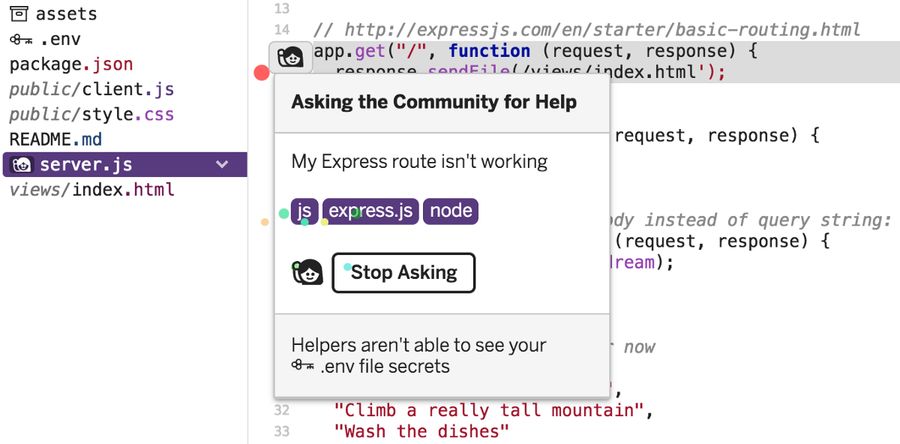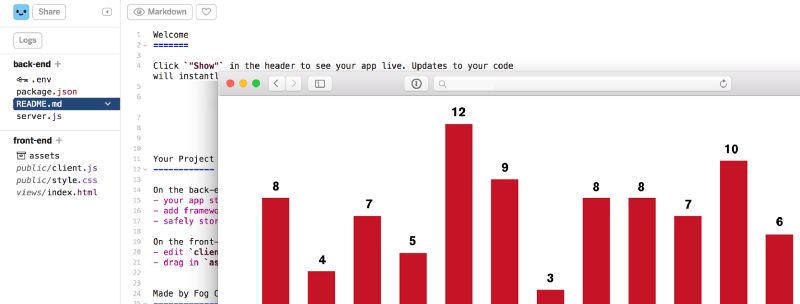Developer Relations and the Need for Better Tooling
We know that Developers are writing the script of the future, and their creations can generate tens of millions of dollars in revenue. As a consequence, large tech firms frequently acquire (and shut down) promising startups for millions of dollars just to get their developers. Not to mention the perks offered to try and recruit new developers can resemble those usually reserved for sports stars and hedge fund managers — from things like on-site massages to laundry services and even music studios. When it comes to hiring top dev talent, money is no object.

But cut to Developer Relations, and we often see a very different picture. Developer Relations teams are small, usually numbering only a few people. They’re often awkwardly augmented onto the Support, Marketing or Sales department. Senior Management seems to never quite know what to do with them, so they’re frequently passed around from one department to the next. And of course, they constantly have to justify their existence and prove their Return on Investment (ROI).
These could be the teething problems of a new field, except of course that for almost as long as there have been developers, we’ve had Developer Relations. In one form or another, and with a variety of names, it has been undertaken for decades. Guy Kawasaki’s ‘Selling the Dream’ is now more than 25 years old, Evans Data’s Developer Relations Conference in its 13th year, and yet as a profession, Developer Relations still seems in many respects to be in its infancy.
I think it’s because, for most of its existence, it has remained the pursuit of a few small disparate groups of developers found inside a handful of long-standing Tech giants. But with each new book, conference (DevRelCon, DevXCon, Dev Rel Summit), and blog, Developer Relations is becoming more accessible and its adoption is growing as best-practice emerges and gets shared.
But while Developer Relations is professionalizing, there are some things still holding us back. In particular, the ROI question remains a tricky subject for many of us because we still don’t have a great answer.
While it can be hard to measure the impact of some of our current efforts, like handing out t-shirts and speaking at conferences, for the most part it isn’t a lack of metrics. When compared to the robust sales funnels, extensive KPI reporting and dedicated tooling of our Sales and Marketing colleagues, our cobbled together spreadsheets and in-house developed tools can let us down. Brandon West, former Director of Developer Relations at SendGrid, tweeting from DevXCon just yesterday captures this:
So it’s these problems that we’re trying to tackle with Glitch for Platforms: A dedicated toolset specifically for Developer Relations.
Glitch for Platforms gets you started with a range of free tools that help you leverage the power of Glitch and provide sample apps to kickstart developers with your product. You can use these to create unlimited projects, allow people to import your GitHub repos with just one click, and embed a ‘Remix on Glitch’ button into your help docs and blog posts. You can even do things like automatically populate apps with a customer’s API keys on remix so that they get to see a real, working app running instantly with their data. This cuts your Time to Hello World (TtHW) from minutes or hours to seconds.

Then if you’re serious about doubling down on Developer Experience (DX) you can use Glitch for Platforms, including our new Help feature. This lets you know when a dev gets stuck, allowing you to hop into a project and help them right away. This takes getting help with code beyond the forum, enabling folks to get help in real-time and in a more personable manner. And it allows you to directly improve success rates of getting developers working with your API because you can help them out before they give up.
We also provide the advanced analytics you need to show the impact of your efforts. These stats will help you to understand how the refinements you make to DX improve outcomes for developers, and they allow you to optimize your funnel to make the best use of your time and resources.
Of course, we also provide a custom-branded gallery to feature your sample apps and for select partners, we can work with your team to share your platform’s message with the Glitch community.
To get started using Glitch with your own platform, learn more about what you can do. With these tools, we can help take your developer relations efforts to the next level and get you the recognition and budget you deserve. It’s no on-site massage, but it’s a whole lot less stressful (and more effective) than any ‘t-shirt giveaway and pray’ strategy.

